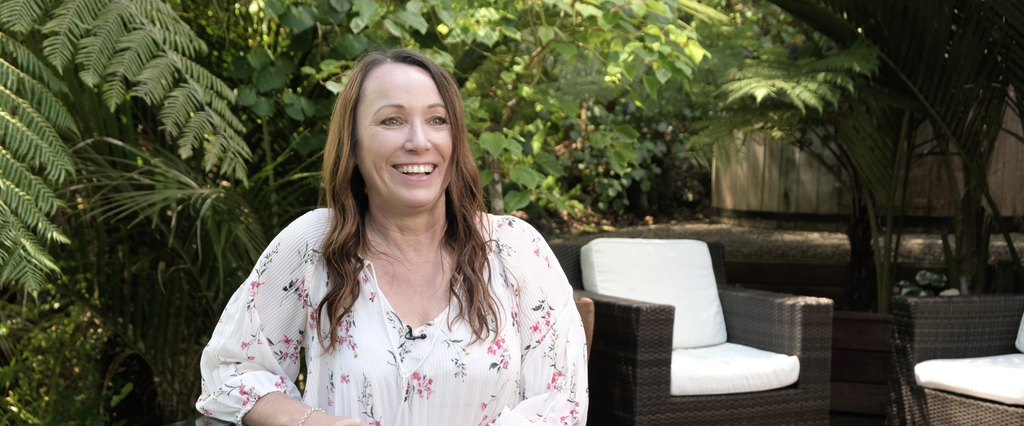Planning a garden design project can be a daunting task, but help is at hand! We talked to Kerry Speirs, the Lead Landscape Designer at DIY Designs, about the do’s and don'ts when planning a landscape project.
What are the six most common landscape design requests from your clients?
-
Creating privacy and screening out the neighbours.
-
Low maintenance layouts, finishes and planting schemes.
-
Shade solutions for outdoor living spaces.
-
Improved street appeal and a greater sense of arrival.
-
A space to grow herbs, seasonal vegetables, and a few citrus trees.
-
A place to put a trampoline
What are some common garden design mistakes?
There are a few common rookie mistakes to watch out for when putting a garden design together:
-
Poor spatial layouts
-
Making decks and patios too small
-
Underestimating how big plants will grow
-
Placing garden buildings and structures on boundaries and breaching rules
When should you use a landscaper/landscape designer—and when can you D.I.Y it?
Getting design help via a consultation at the start of a landscaping project is crucial. You can explore your options and get an understanding of cost implications.
An experienced designer will also spot potential issues and be able to advise you on any rules you should be aware of or elements that will trigger consents. You can then make an informed decision about whether you will need a contractor, or whether you can DIY it.
If you’re doing drainage, earthworks or adding built elements such as decks, retaining and pergolas or want a high-end finish, you’ll want to engage a contractor.
If you are wanting to get quotes from a contractor, or you need to submit to council, then you’ll need a scaled design plan to provide detailed information.
Modest makeover projects like laying on-grade pavers, adding pebbled areas and gravity style retaining, building raised planters and refreshing your planting can often be done based on the advice given during a consultation session like our Coach Me service.
How can I keep costs down on my landscape project?
Don’t remove everything. Existing structures can often be upgraded and integrated, and mature plants reinvigorated with pruning, feeding and mulching.
Most of our DIY clients use contractors to complete the structural components of their projects and may do some of the easier aspects such as demo, site preparation, painting/staining and planting themselves.
A well-designed garden can increase the value of your home by as much as 10% to 12%. That's a significant increase that can translate to thousands of dollars in added value.
I’m selling my house. What are some simple things I can do to improve the garden presentation?
Have a good tidy up. Prioritise making the arrival zone welcoming and outdoor living areas inviting.
Staging the outdoor living space with comfy seating and a large umbrella and adding large pots of flowering plants by doorways are a great way to do this. Try to make it look like the garden will not be a hard garden to take care of.
Weed spray pebbles and wash decks and paths. Trim back plants that are overhanging paths and blocking windows and remove any dead or problematic plants. Spade cut unedged lawns to define lawn from garden.
Lastly, do a thorough weed removal (including roots), and then add a thick layer of mulch around the garden beds to improve contrast and give your gardens a more uniform look.
What are some of your favourite landscaping products when working on a landscape design?
For the past few years, I’ve been focused on helping budget conscious, DIY landscape clients, so I’m a big fan of achievable garden ideas and easy to install landscape products that won’t break the bank.
This means I use a lot of pebbles (often resin-bound) in conjunction with concrete pavers to create patios and paths (TIP: For paver paths, use a spacing of between 650-750mm from the centre of one paver to the centre of the next).
I also use a lot of garden sleepers. Pegged in place they make simple, attractive steps, with either bark or pebbled treads.
Sleepers also make great raised gardens. Back filled with a mix of garden mix and worm castings, they’re ideal for growing herbs and seasonal vegetables, or to provide improved growing conditions for ornamentals where soils are poor.
All soils benefit from the addition of organic matter, so I also always recommend mixing compost into your planting holes and adding a thick layer of mulch to newly planted garden areas to lock in moisture and get your new plants off to a good start.
2 x $500 Garden Design Starter Kit Giveaways
To help kick-start your garden design project, DIY Designs and Central Landscape Supplies are offering 2 x Garden Design Prize Pack for two lucky recipients!
Each pack includes a set of eBooks from DIY Designs and a $500 Central Landscape Supplies credit to spend at any of our yards Auckland-wide.
The eBooks include a detailed Garden Makeover Guide and a Hedges & Screening Guide.
Terms & conditions:
To enter the draw simply email us at info@centrallandscapes.co.nz with the code ‘eBook’ in the subject field.
Entries close Sunday 17 March 2024 and the lucky winners will be announced on Monday 18 March 2024.
